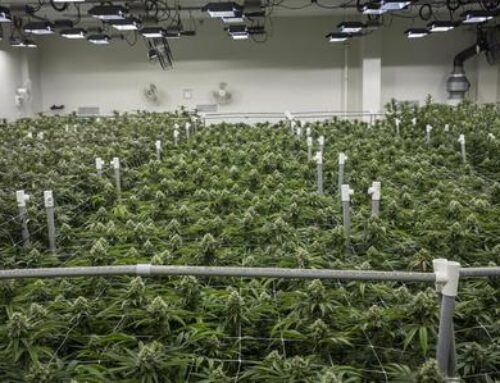Tesla can’t make enough cars to meet demand – and Wall Street cheer
November 6, 2014
By Michael Santoli2 hours agoYahoo Finance
The long-term limits on global energy supply is what impelled founder Elon Musk to create a line of high-performance, longer-range battery-powered cars.
The relative scarcity of Tesla shares, with a quarter of the company still in Musk’s hands, has helped push up their price 675% the past two years as excitement grew over the vehicles’ long-run promise. (That same scarcity has sometimes made it hard for skeptics to find shares to borrow and sell short, making it a rather jumpy stock all around.)
But the scarcity freshest in investors’ minds following the company’s quarterly report Wednesday night is of Tesla’s cars themselves, which at the moment are desired by the public beyond the pace at which Tesla can deliver them.
That Tesla still struggles to meet demand for its electric cars even as gasoline prices have crashed to a four-year low in the U.S. is a testament to the unique market position Tesla enjoys.
As I discuss in the attached video with Yahoo Finance’s Milanee Kapadia, Tesla customers do not begin with the idea of buying an electric car and then shop the options; they want a Tesla and only a Tesla, never mind the per-mile cost compared to a gas vehicle. This has made the company, its founder and its stock the objects of cult-like passions.
Revenue at Tesla doubled from a year earlier and the operating profit measure that Wall Street looks at was slightly better than anticipated. Yet the company fell slightly short of its 7,800-car target for third-quarter deliveries and lowered its full-year 2014 sales forecast to 33,000 from 35,000.
Yet Musk emphasized that these modest shortfalls have nothing to do with flagging demand for the Model S sedan, the car now in production, but with factory retooling and the ongoing engineering challenge of scaling up manufacturing as rapidly as it has hoped.
“Demand is not our issue. Production is our issue,” Musk told investors on a conference call. “We have more demand that we can address.” He added, “Making lots of something consistently, (something) that is going to last a long time, is quite hard.”
Wall Street is taking the near-term sales-growth slippage in stride, lifting Tesla shares nearly 6% to $244 and change. While that’s down from a September high of $286, the shares are still up better than 60% year to date and seem held aloft by the market’s sharp focus on Tesla’s big-picture objective of selling 500,000 cars in 2020.
This has been the bulls’ thesis for most of the past year, and Tesla is furiously building its “gigafactory” battery plant to source its full line, including the forthcoming and hotly anticipated Model X SUV.
Musk slightly pushed out the launch of the Model X to the third quarter of 2015, but said the vehicle is essentially sold out for 2015 given the current order backlog.
Since Tesla shares began their steep climb two years ago from about $30, the stock has had three separate pullbacks of greater than 20% as focus turned to its towering valuation and worry over production pacing came to the fore.
Each time, the stock bottomed at an appreciably higher level, once the rapid production gains and heady 2020 target of half a million vehicles recaptured investor attention.
There will likely be more such gut checks on the path to 2020. It’s an emotional stock with almost all its value tied up in an unknowable future payoff on ambitious bets. For now, the scarcity story seems to be enough for Tesla’s avid investors to give Musk the benefit of the doubt.
Search
RECENT PRESS RELEASES
Related Post




